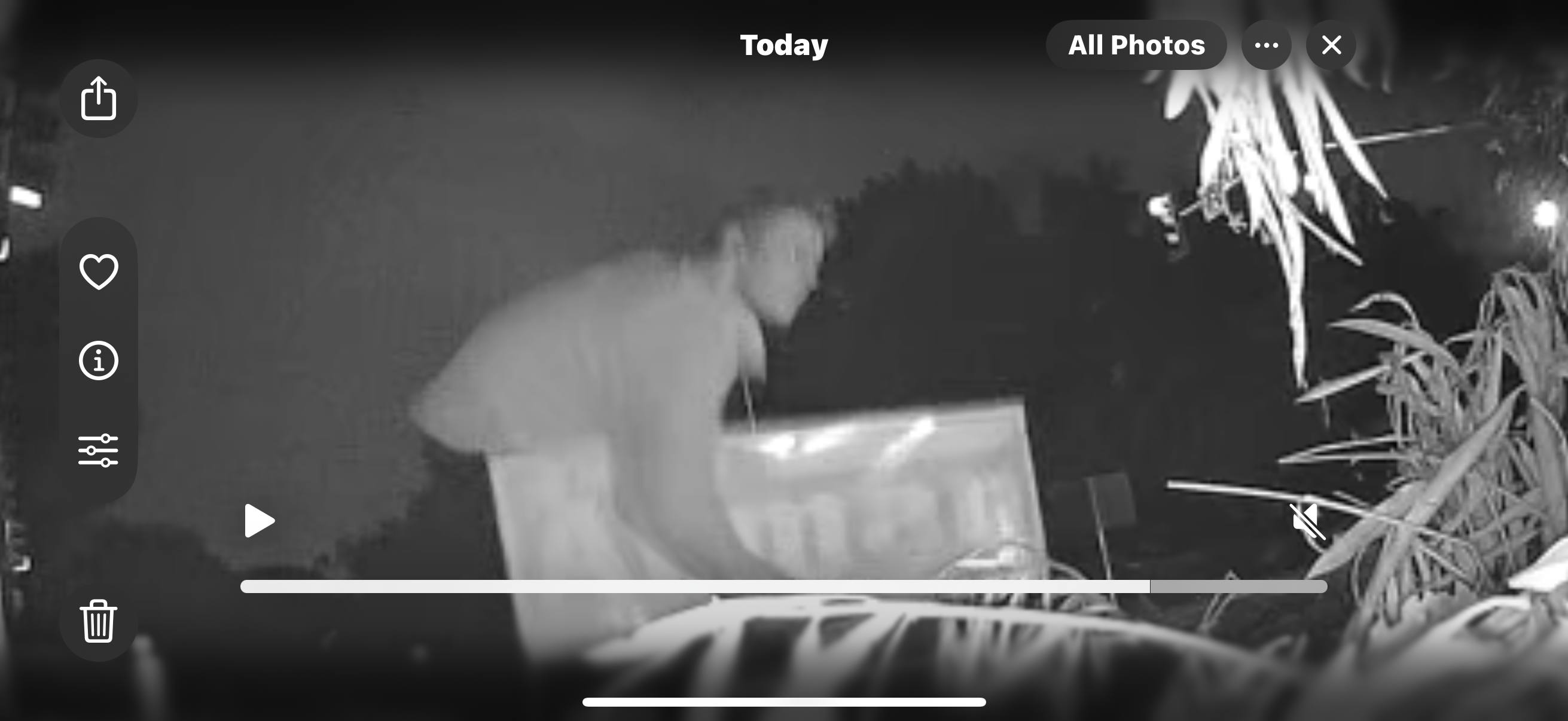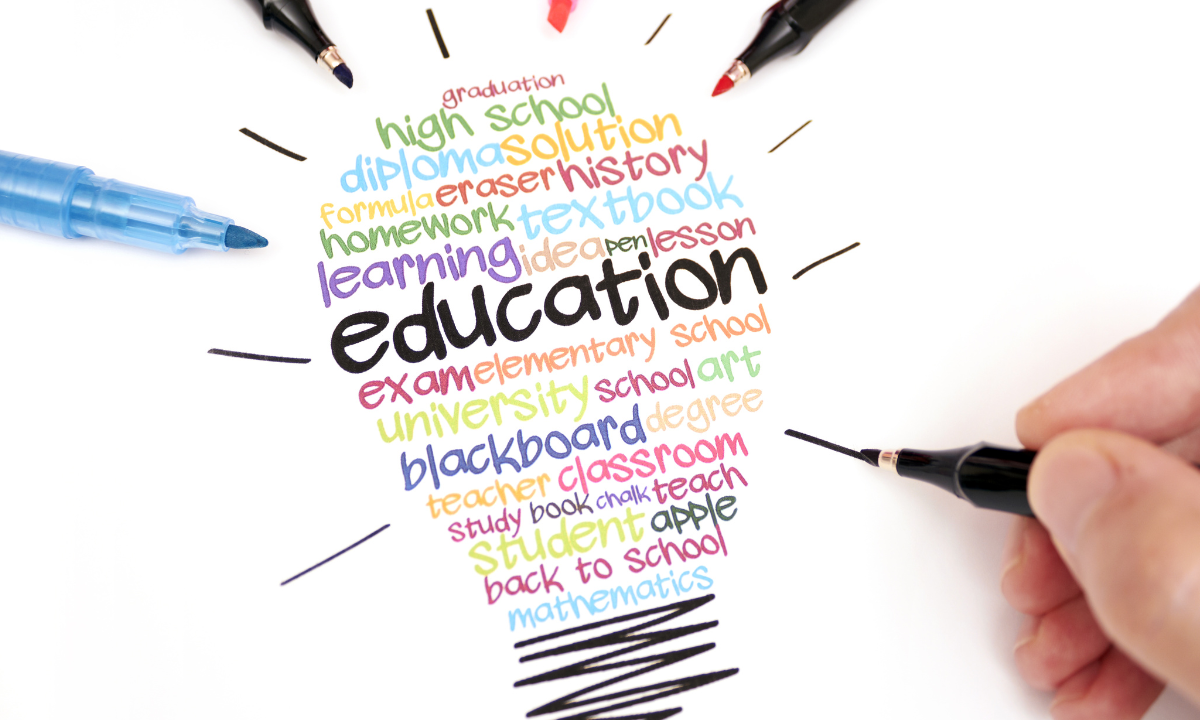Written by Ainsley Jackman
Chula Vista elementary schools followed the lead of the San Diego and Los Angeles Unified School Districts by announcing—prior to Gov. Newsom’s order effectively shutting down schools in most California counties for the fall—that they will officially be closed to in-person learning this fall. Superintendent Francisco Escobedo writes to parents that they intend to “work towards transitioning to in-person instruction but will only do so when guidance from local health officials supports a safe transition back to learning on-site in classrooms.”
Other schools in the county sent similar messages to parents in the last few weeks, with a variety of arrangements. Most had an option for a hybrid in-person/online experience, and some such as the Oceanside Unified School District, Grossmont Union High School District, and Cardiff School District were planning to allow a full return to traditional classes with added health precautions. Many districts were keeping their options open and planning for multiple scenarios that they could adapt to depending on how the pandemic progressed.
As a student myself, my heart sinks a little every time I hear of another school district closing in-person school for the fall. Especially when it comes to elementary school districts such as Chula Vista, taking such measures seems extreme and ultimately harmful to the kids. They are filled with children at essentially no risk from the virus, and whose transmission rates are also very low. The smaller sizes of these schools and their classes make it easier for them to maintain social distancing, especially if they adopt a hybrid model and split the students into two or more groups that attend one at a time. Additionally, these youngest students are those that require the most time and help if they have to stay home for remote learning, and are therefore the most likely to keep their parents from work.
I find myself appreciating the approach my K-12 school has taken to the situation. The plan gave the elementary school priority for the reasons outlined above, and they planned to return full time in the fall with extra precautions such as daily screenings, increased sanitation and personal hygiene measures, the required use of face masks, and as much physical distancing as possible. Meanwhile, the middle and high schools were to be split into two groups attending alternate days of school, and using remote learning the rest of the time. This way, the older kids who can navigate remote learning without supervision can do so, but the youngest ones who need extra care—and to be taken off their parents’ hands—can receive that as well.
This model also adjusts the precautions taken for each group of students according to their risk-level and how vital in-person learning is for them and their families, rather than treating their vastly different circumstances as if they are all the same. Clearly, they are not.
All of this to say that the decision regarding whether and how to open schools requires a lot of thought and finesse. The districts that were taking the time to evaluate the situation and create detailed plans with multiple options for students in different circumstances should be commended. Let’s all recall that it is in everyone’s best interest to keep students safe and healthy, but that to do so we may have to look beyond our current circumstances and further into the futures of students.




